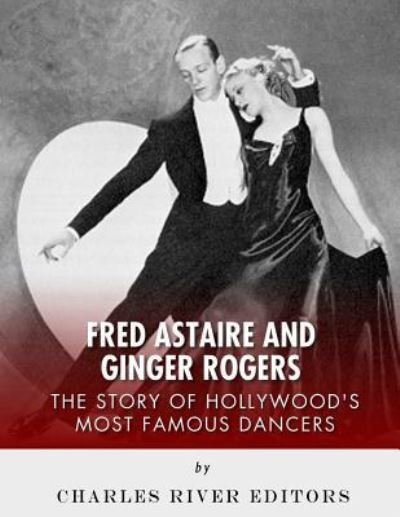
Tell your friends about this item:
Fred Astaire and Ginger Rogers
Charles River Editors
Fred Astaire and Ginger Rogers
Charles River Editors
*Includes pictures of Astaire, Rogers, and other important people and scenes.
*Includes their quotes about each other.
*Includes a bibliography for further reading.
Virtually all famous actors are regaled by the public, but even still, Fred Astaire occupies a privileged position in American pop culture. The specific films in which Astaire acted may not be especially famous in their own right - most people likely cannot recall the title of Top Hat (1935), his most decorated film - but Astaire's dancing prowess invariably creates a lasting impact on viewers. Instead of tying his fame to a single film, Astaire's genius lay in constructing his star persona around a specific set of iconographic imagery that has become embedded within American culture. Across his films, the recurring iconic images of the top hat, cane, and coat tails, as well as the image of Astaire dancing with Ginger Rogers, all constitute a timeless symbol for elegance that continues to captivate viewers who are unfamiliar with the plots of his films. There have been other film musical actors who were proficient dancers, Gene Kelly chief among them, but none were able to perform with the seamless elegance of Astaire, and none have been remembered nearly as well.
Astaire's dancing numbers epitomized grace and gaiety, making it seem as though he was carefree, but this was hardly the case. While it is easy to imagine Astaire being raised in an aristocratic family, his working-class background was so blue collar that his family eventually relied on him and his sister as the primary breadwinners in the family. Rather than being born and raised with wealth in a large city, Astaire came from a working-class neighborhood in Omaha, Nebraska, a setting so antithetical to the world of dance that it quickly became clear that the family would need to relocate. If anything, Astaire's unglamorous origins further demonstrate that the magisterial dancing and the effortlessly elegant image accompanying it were products of Astaire's tireless work ethic and insistence on perfection.
Considering the immense success of their films together, it is entirely understandable that Astaire and Rogers are joined at the hip in the eyes of the public. However, an appreciation for the Fred and Ginger musicals is only enhanced by knowledge of the personal backgrounds of the two stars. After all, the fact remains that Astaire and Rogers came from vastly different cultural backgrounds, and at the time that they met, their careers had unfolded in dissimilar ways. Astaire was a national celebrity for his skills as a stage performer (mainly with his sister Adele), while Rogers was raised in a more archetypal Midwestern setting and her professional success was reached entirely through cinema. While Astaire made a name for himself through his dancing, Rogers was more recognized for her singing talents. Clearly, it is still possible to discern fundamental differences between their professional talents, contrasts that would become more distinguishable once they ceased making films together.
Fred Astaire and Ginger Rogers: The Story of Hollywood's Most Famous Dancers profiles the lives and careers of both stars, as well as a comprehensive analysis of their movies together. Along with a bibliography and pictures of important people, places, and events, you will learn about Fred and Ginger like you never have before.
| Media | Books Paperback Book (Book with soft cover and glued back) |
| Released | December 19, 2017 |
| ISBN13 | 9781981859856 |
| Publishers | Createspace Independent Publishing Platf |
| Pages | 116 |
| Dimensions | 216 × 280 × 6 mm · 285 g |
| Language | English |
More by Charles River Editors
Others have also bought
See all of Charles River Editors ( e.g. Paperback Book and Book )




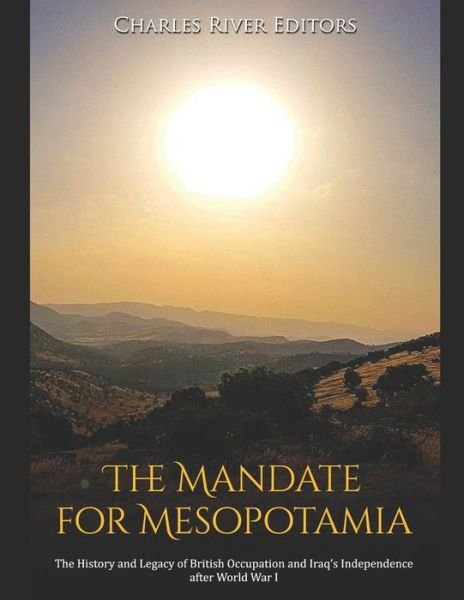
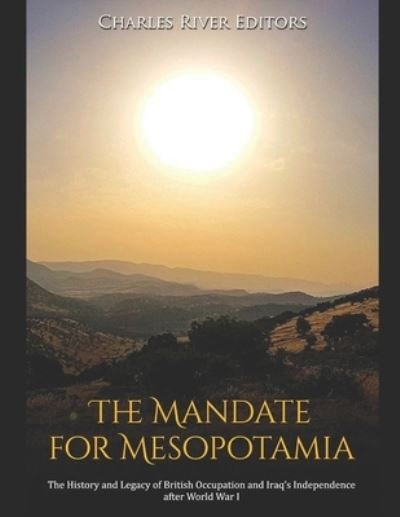
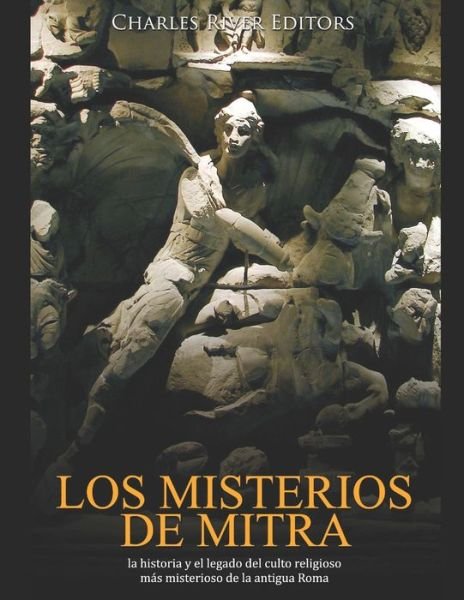
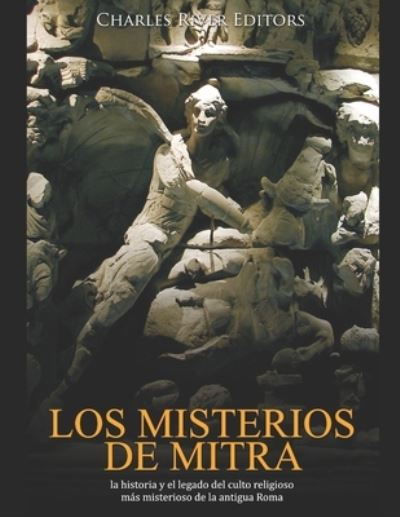
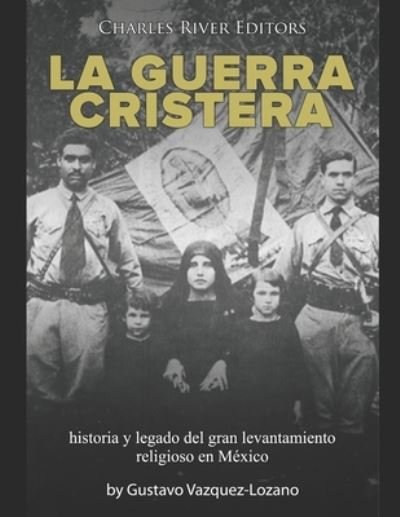

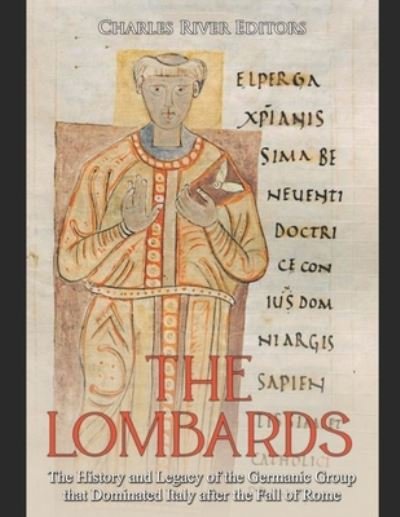
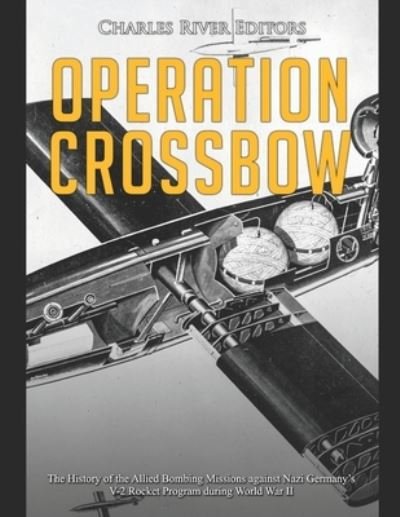
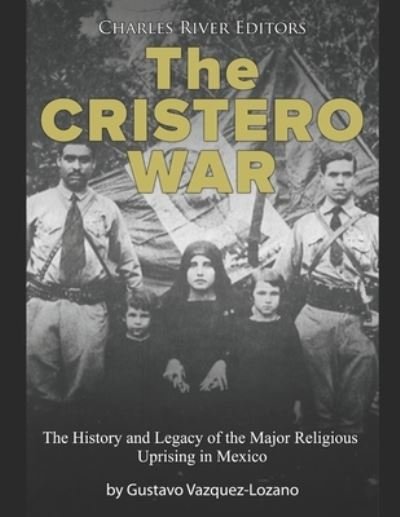
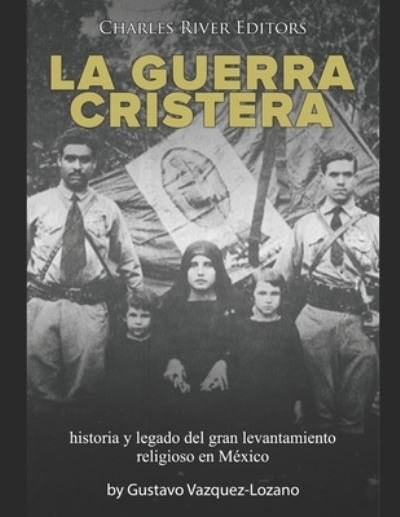
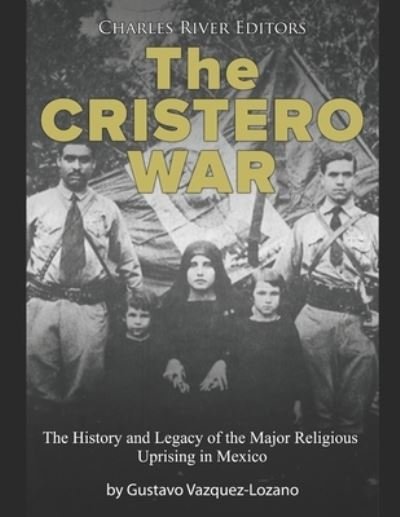

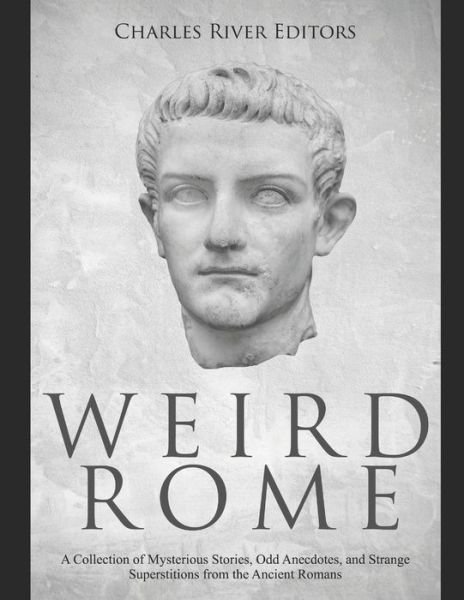

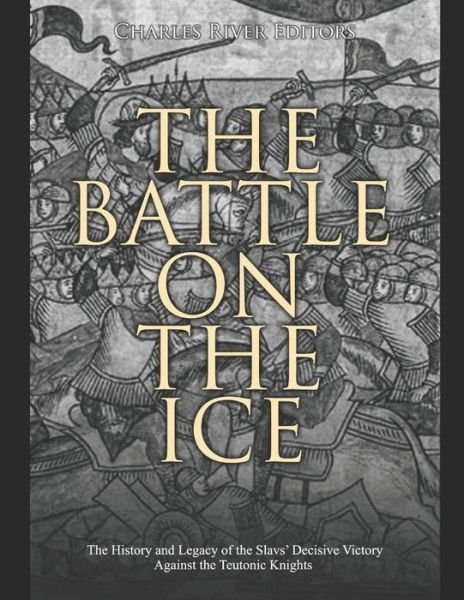

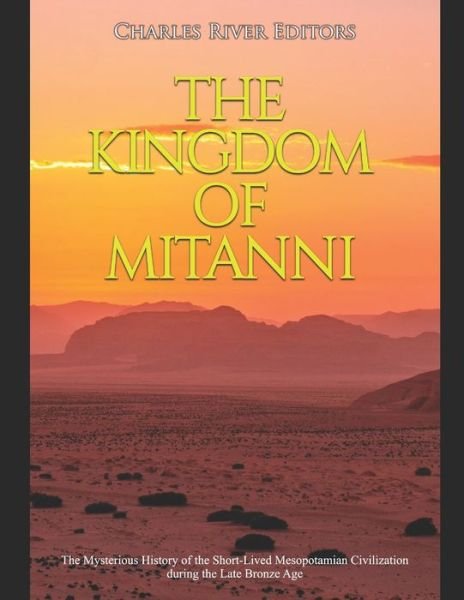
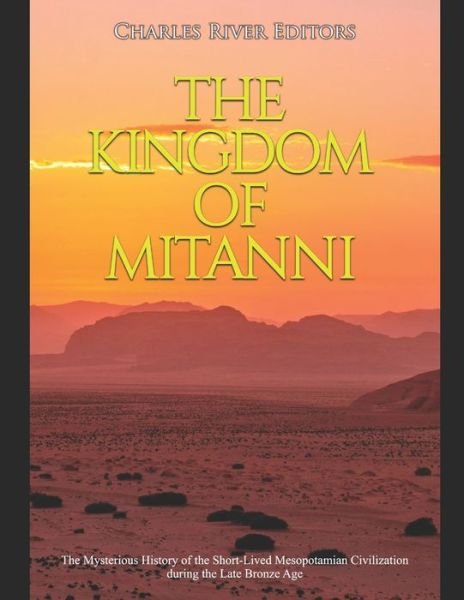
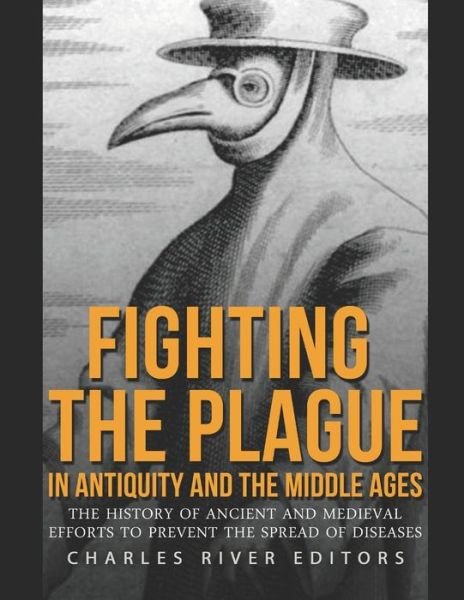
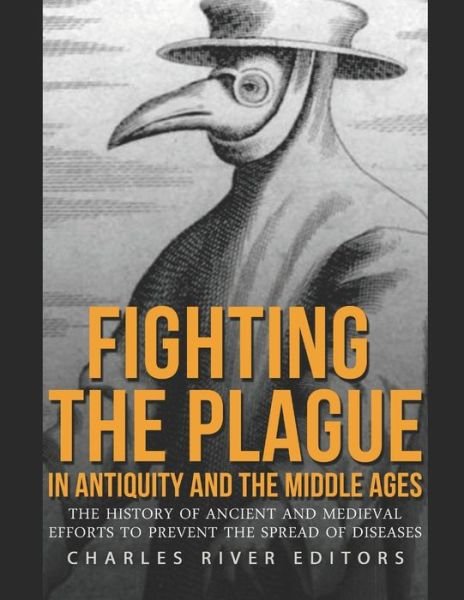


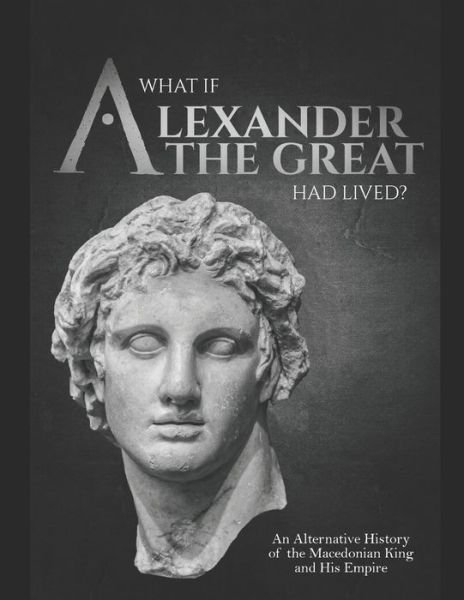
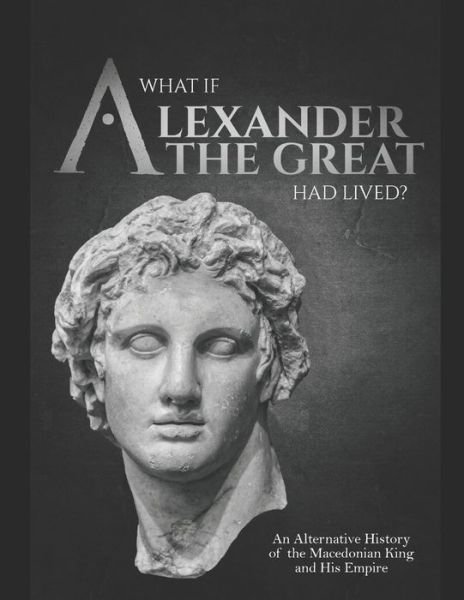
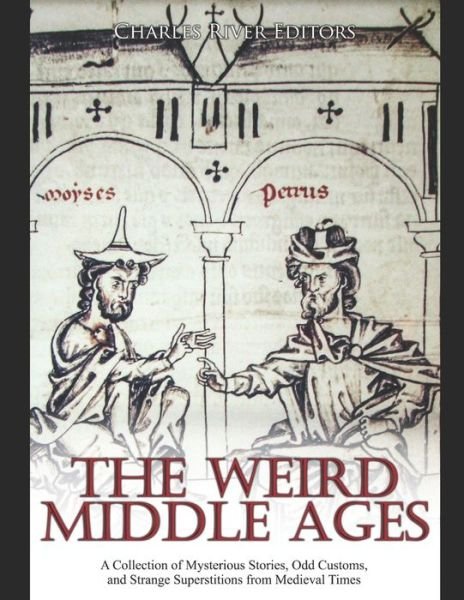
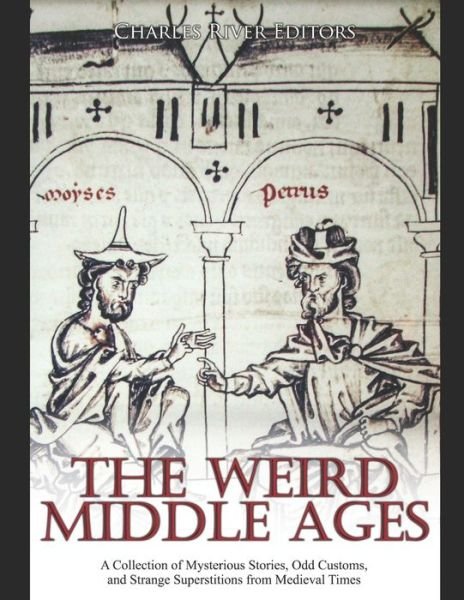
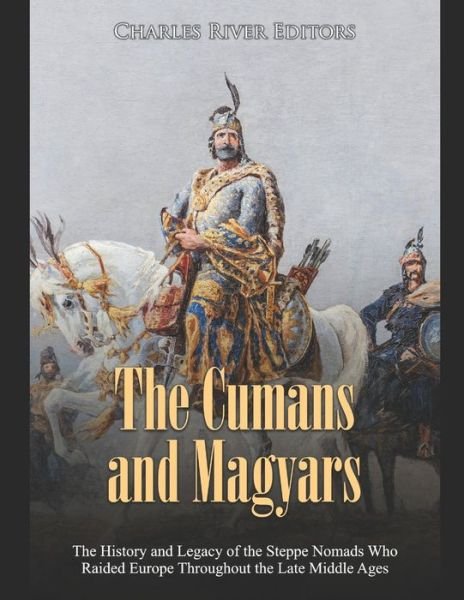
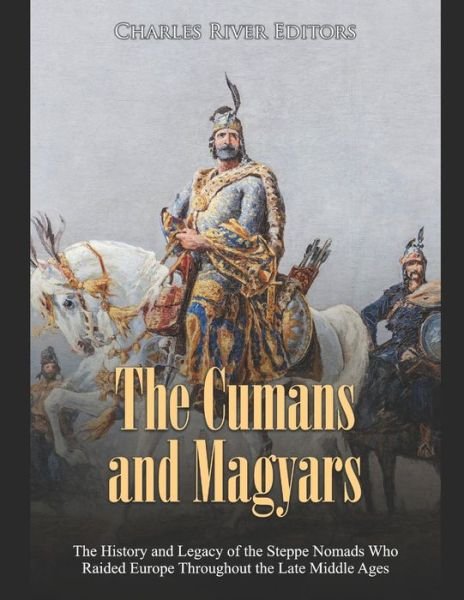

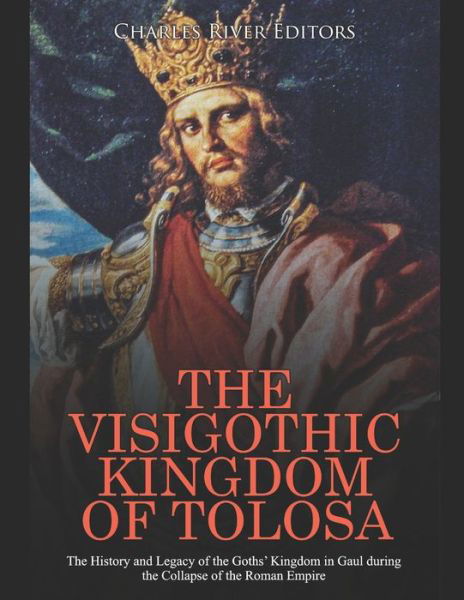

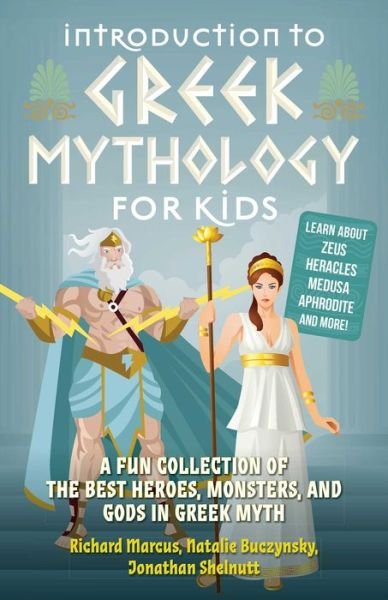
![Cover for Charles Dickens · Den hjemsøgte mand og åndens tilbud (Nyillustreret) (Bound Book) [1st edition] (2022)](https://imusic.b-cdn.net/images/item/original/123/9788772048123.jpg?charles-dickens-2022-den-hjemsoegte-mand-og-aandens-tilbud-nyillustreret-bound-book&class=scaled&v=1654049104)
![Cover for Dian Hanson · The New Erotic Photography - Bibliotheca Universalis (Hardcover Book) [Multilingual edition] (2017)](https://imusic.b-cdn.net/images/item/original/715/9783836526715.jpg?dian-hanson-2017-the-new-erotic-photography-bibliotheca-universalis-hardcover-book&class=scaled&v=1490369714)


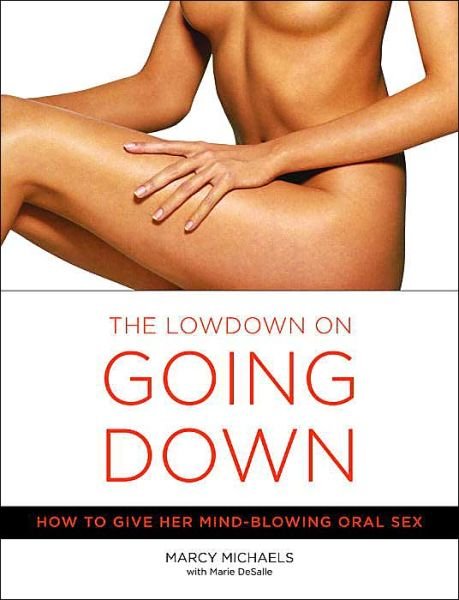
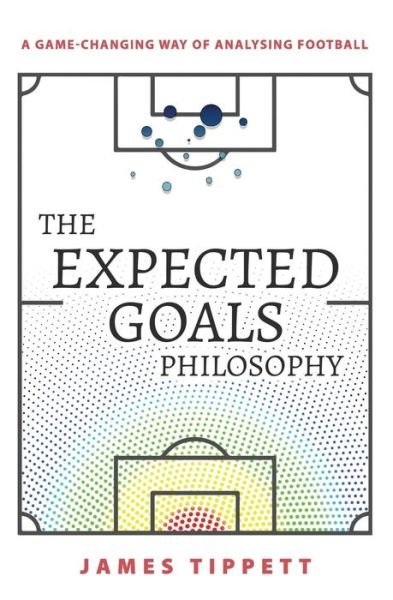



![Cover for Jesper Wung-Sung · To ryk og en aflevering (Sewn Spine Book) [3rd edition] (2009)](https://imusic.b-cdn.net/images/item/original/996/9788763811996.jpg?jesper-wung-sung-2009-to-ryk-og-en-aflevering-sewn-spine-book&class=scaled&v=1341784896)
![Cover for Claus Drengsted-Nielsen · Lille dansk grammatik (Sewn Spine Book) [1st edition] (2016)](https://imusic.b-cdn.net/images/item/original/692/9788702194692.jpg?claus-drengsted-nielsen-2016-lille-dansk-grammatik-sewn-spine-book&class=scaled&v=1499896829)

